Working with a new ingredient is always a daunting exercise, and doubly so if it involves baking, a procedure that requires more precision than most others in the kitchen. Coconut flour was one such new ingredient – one I produced myself (see Milk & Flour). Because the coconut milk is extracted first from the coconut and the flour is ground fine from the remaining dried fibers, it does not work in the same way as baking with desiccated coconut.
The first thing that occurred to me was to find out as much as possible about the nature of coconut flour. Although it does taste and smell of coconut, the flavor is less intense. It also has different properties than other flours. Most sites I consulted recommended using already established recipes that use coconut flour. I have to say, that statement was like a red rag to a bull. Where exactly is the fun in following someone else’s recipe to the letter?
The most important fact I learned was that coconut flour cannot be substituted on a 1:1 ratio for wheat flour; less is required. It also requires a binding agent (such as eggs). Many recipes combine other gluten free flours to reduce the fiber and it has even been suggested to me by Elaine@foodbod that mashed beans can be used. Less sugar is needed since coconut flour does have some sweetness already. Moistening ingredients are also important as coconut flour really soaks up liquid. With those things in mind, I felt it was best to move on to the next stage – trial and error.
My first attempts were okay – a kind of chocolate chip cookie with hazelnuts. However, the dough was very crumbly, taking a quite a bit of care in forming the cookie. The baked cookie was also grainy in texture – the fiber of the coconut was a bit too evident, although the interior of the cookie was fluffy enough. The problem here, I felt, was using 100% coconut flour. The following is my revised recipe, adding rice flour, increasing the amount of butter, and substituting the golden syrup for sugar and moister glacé cherries instead of hazelnuts.
Coconut, Chocolate & Cherry Cookies
I think there is a good balance of coconut flour in this recipe, although if I make this again, I may try adding equal amounts of rice flour to coconut flour. It’s a soft cookie, slightly nutty in taste.
Makes about 3 dozen
- 3/4 cup coconut flour
- 1/2 cup milk
- 4 oz. butter (1 “stick”)
- 1/4 cup golden syrup (= light Karo syrup)
- 2 eggs + 1 egg yolk
- 1 teaspoon vanilla
- 1/2 cup rice flour
- 1/4 teaspoon baking soda
- 1/2 cup chopped glacé cherries
- 1/2 cup chocolate chips
Measure out the coconut flour (do not compact) and place it in a small bowl and pour on the milk. The coconut flour will immediately begin to swell. Stir and let sit for at least half an hour.
In the mixer, cream butter and add the syrup, mixing until smooth. Add the eggs and egg yolk one at a time, then the vanilla mixing until incorporated, although the butter will separate somewhat. Measure out the rice flour and the baking soda. Mix in these dry ingredients and blend. Add the milk-soaked coconut flour. It will be a slightly grainy mixture due to the nature of the coconut flour.
Chop the cherries and add these plus the chocolate chips. Stir until they are mixed in. Preheat the oven to 350 degrees F. Prepare a baking tray by lining it with baking parchment. Allowing the mixture to sit for a while while the oven preheats will let the coconut flour absorb more of the moisture and the dough to become more pliable. The mixture will need re-stirring as some of the moisture will have seeped.
Taking a spoonful of the mixture, drop it onto the baking parchment, keeping a little room between. The dough will still be a bit crumbly, so take care in spooning it onto the baking tray. Bake in oven for 8 to 10 minutes. Cool on a rack and store in an air tight container. The cookies will soften as they cool.
Next … coconut flour cake or muffins?
Notes and Results of the Experiments:
- Coconut flour is not the easiest flour to work with and probably would not be my first choice of a gluten free flour.
- It is best combined with other gluten free flours or other starchy ingredients.
- Add extra eggs as these work as a binding agent.
- Moisture is a key element to add to any recipe involving coconut flour. The next three notes relate to moisture.
- Syrups rather than sugars also work well.
- A resting period for the dough is advised.
- Soaking the coconut flour before adding to the dough really helps absorption, and is probably an essential technique when dealing with this flour.
- Above all, continue experimenting and don’t let anyone tell you that you should only follow accepted recipes.
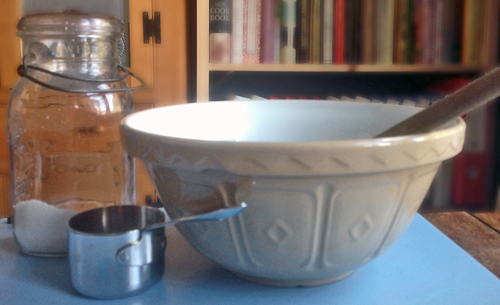
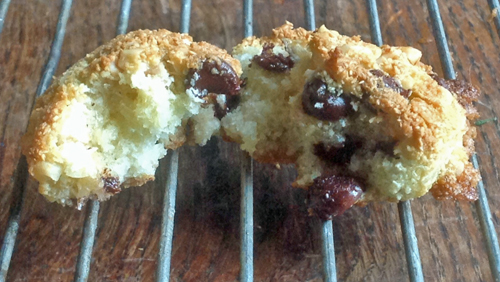
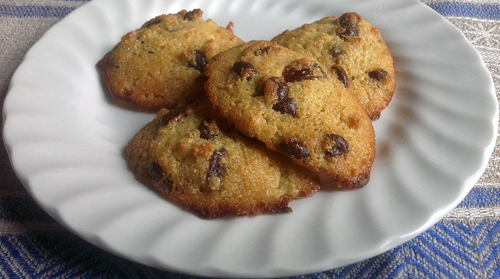
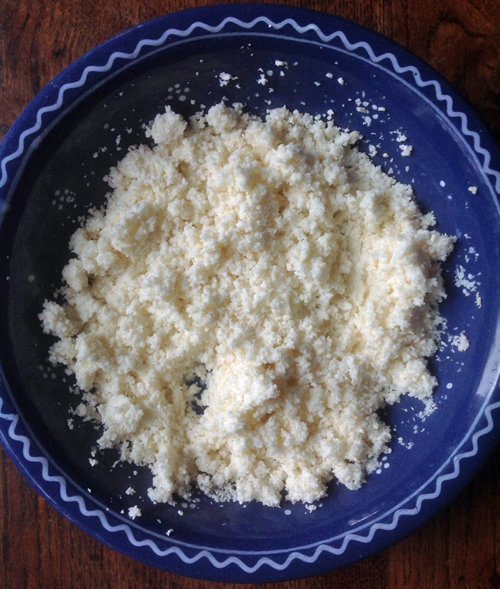


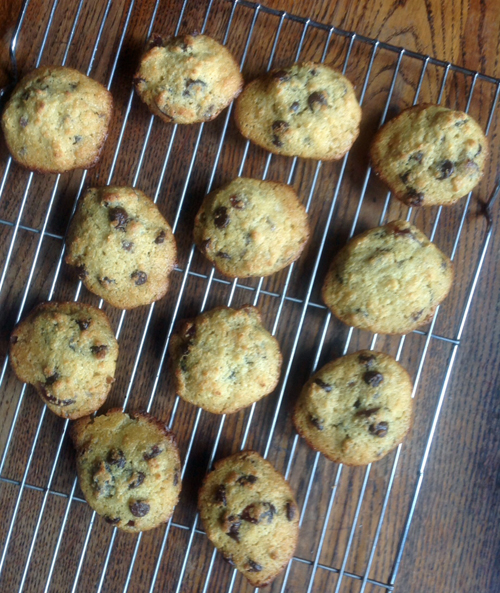
Woohoo, well done for trying it out. Cookies look delicious xx
LikeLike
They were like little flat muffins, actually. An interesting, but tricky ingredient!
LikeLike
Very interesting to see what you did with the flour and great tips, thank you xx and thank you for my mention 🙂 so lovely of you ☺️
LikeLike
Thanks – your comments always welcome. Naturally, want to give credit where credit is due!
LikeLike
Thank you xx
LikeLike
Reblogged this on foodbod and commented:
Very interesting if you’re thinking of trying out coconut flour..
LikeLike
This is another new ingredient WP has taught me. Thank you for sharing a great tip.
LikeLike
Thank you for explaining more about this ingredient. It is new to me!
LikeLike
It was new to me, too. I’m still experimenting with it as it is very tricky! Good luck with your own experiments with it!
LikeLike
My own persistent experimentation with coconut flour has been very disappointing. The texture of baked goods with coconut flour requires a huge expectation reset, dry and crumbly comes to mind. I follow a gluten free diet, but I have not been able to find a good use for coconut flour. Personally, I think it’s a “health” ingredient fad that will be short lived. I am willing though, to be convinced otherwise if you come up with a cracker recipe!
LikeLike
I actually agree with you. I would not choose coconut flour as an ingredient. Texture of these cookies was still slightly grainy, but with the addition of the rice flour, it was acceptable. Also, soaking it ahead of time kept the final product from becoming dry and crumbly. Worth experimenting, however. I think the flour might make an acceptable Victoria sponge (obviously with another gluten free flour added).
LikeLike
This is a brilliant recipe for a gluten free Victoria sponge, it might be a good starting point for you to use some coconut flour. http://wp.me/p2frs2-jg
LikeLike
Thanks!
LikeLike
I have to be honest. Before I started visiting foodie bloggers I only knew about plain, self raising and whole meal flour. The process and experimenting that you all go through to get to the point where you are ready to post is really impressive.
LikeLiked by 1 person
Foodie bloggers have also widened my horizons. I had heard of rice flour before since my mother-in-law sometimes added it to her shortbread. and, buckwheat was something my grandmother used and I often made blinis out of it. I’m not gluten intolerant, so really didn’t have to need to find out more about different types of flours. However, there are so many posts out searching for gluten free solutions.
LikeLike
Hello fellow American ex-pat 😀 I am here via Elaine’s re-blog as I have a big ol bag of coconut flour (since oh, this past October) that I have not opened. This recipe has given me the impetus to tear into it and start baking with it. I appreciate your honesty about your own initial efforts. Hopefully your lessons will help us to avoid rookie mistakes. Thanks so much.
LikeLike
If anyone can come up with a delicious use for this flour, you can! I follow your blog and am amazed at how you combine the most unusual things (like black beans in sweets). Good luck! Will be watching to see how you get on with this very difficult and unusual flour.
LikeLike
Great experimenting! Oh, the failures I have had with coconut flour. Cracks me up how it sucks up liquid, it’s the ‘black hole of gluten free flours’. I have loved using it for cupcakes from Elanas Pantry blog, they have a light delicate texture. They use a shed load of eggs. I have had some successful bakes with my own experimenting but mostly only when I have used it with other GF flours, good in pancakes.
LikeLike
I’ve come to the conclusion – after these cookies – that soft cakes/cupcakes/muffins etc. would be the best use of this flour. I like my cookies crisp! The soaking ahead of adding it really does make a difference. Victoria sponge next with equal amounts of other GF flours… I’m glad someone else has had similar experiences!
LikeLike
Those cookies look AWESOME!
LikeLike
Thanks very much! They’re soft like little flat muffins rather than the chocolate chip cookies they resemble. The price you pay working with coconut flour!
LikeLike
Interesting! Did the coconut flavour come through with the cookies/muffins? I’ve been thinking about experimenting with chestnut flour – have you got any recipe recommendations?
LikeLike
The cookie/muffins had a slightly nutty flavour, but not overtly coconut… I, too, have been experimenting with chestnut flour. I’m trying a cake, but a lighter one than the traditional fruit and nut studded Tuscan one (too heavy for this time of year). Will, no doubt, post it (if) when it is successful! Also, Stefan’s gourmet blog did a chestnut flour gnocchi a little while ago that made me think of the lovely chestnut fettuccine I had once in Italy. May try making a pasta…
LikeLike
Oh yes, I saw that gnocchi, looked interesting. I’ll let the idea sit in my head for a while and see if it evolves into anything. Look forward to seeing whatever you come up with!
LikeLike
It is an interesting idea to soak the flour first, particularly as it soaks up so much liquid. I have not seen that before. I was of the understanding that when working with coconut flour it should only form a small proportion of your total flour (no more than1/3) or it will seriously affect crumb structure and make the finished product dense. It is very high in fibre and protein, which makes it difficult to work with. I have had some success with only using it as part of my total flours, and use additional dessicated coconut or ground nuts to help with structure. I will be interested to follow your other experiments.
LikeLike
I hit on the idea of soaking after the first rather dismal attempt to bake with this flour, but subsequently have seen a number of web sites that advocate this method. Yes, I so agree with you, it is best when mixed with other flours. I avoid nuts since there is a nut allergy in the family, but they tolerate coconut.
LikeLike
I love your experiments and you share them so clearly with us! …i’m saving everything from the milk and flour post to these cookies! 🙂
LikeLike
Thanks! If you make the cookies, I’d try increasing the rice flour and decreasing the coconut flour. One of the comments mentioned a proportion of 1/3 coconut flour to 2/3 other. I think that is probably about right. I’m going to try to make a sponge cake with the rest of my coconut flour, but apply those proportions. Good luck!
LikeLike